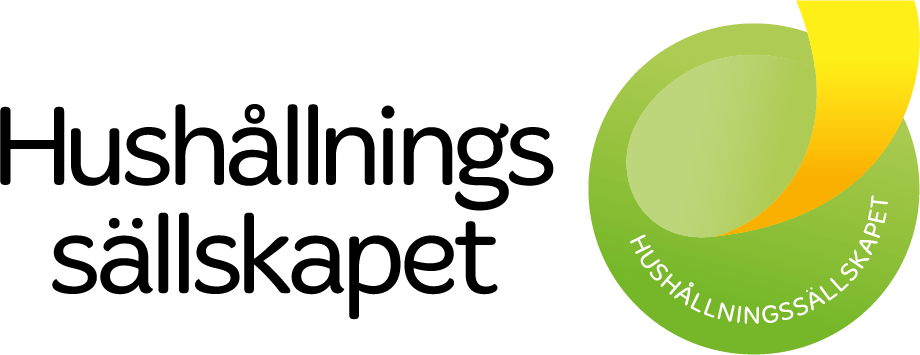Affiliated projects and researchers
Optimizing future wetlands for water retention and multiple ecosystem services
We work together with Antonia Liess and her group at Halmstad University, where we do much of the public outreach and dissemination together in the two SEPA-projects. For more information on the project see: Utveckling av optimala våtmarker för främjandet av multipla ekosystemtjänster
Impacts of toxic cyanobacteria blooms on bees and their pollination services in agroecosystems
We work together with Pablo Urrutia Cordero at Lund University who runs the Formas-financed project on cyano blooms in wetlands. Pablo do part of the field work in our ”buffer-wetlands”, and during 2021 he and his assistant have been sampling ca. 80 wetlands on two occasions (July and August). Apart from data on how cyanobacterial toxins affect pollinators in the agricultural landscape it will also give useful information in general on the incidence of toxic cyanobacterial blooms in agricultural water bodies. This can have large practical implications for landowners regarding e.g. use of water for cattle or for irrigation, and will be very good additional data
WetKit
We have started cooperation with the project WetKit, run by Martyn Futter and colleagues at SLU (the Swedish University of Agricultural Sciences). It will lead to more data gathered from our LIFE-Goodstream wetlands, and one goal is that we now can get increased information on the multi-functionality of the CWs to a larger extent since the WetKit-project will sample e.g. greenhouse gases and take sediment samples in the CWs. https://wetkit.weebly.com/
LIFE Goodstream
Since 2016 Hushållningssällskapet Halland has been working with the project LIFE Goodstream, a project that is set to improve the ecological status and health of Trönningeån. Many of the measures constructed in LIFE-Goodstream are now further investigated in our different research projects.
Visit the webpage: www.goodstream.se
